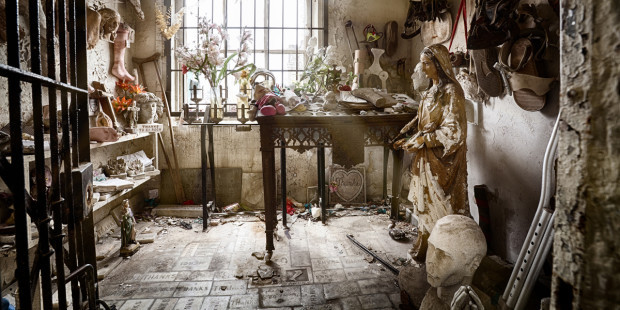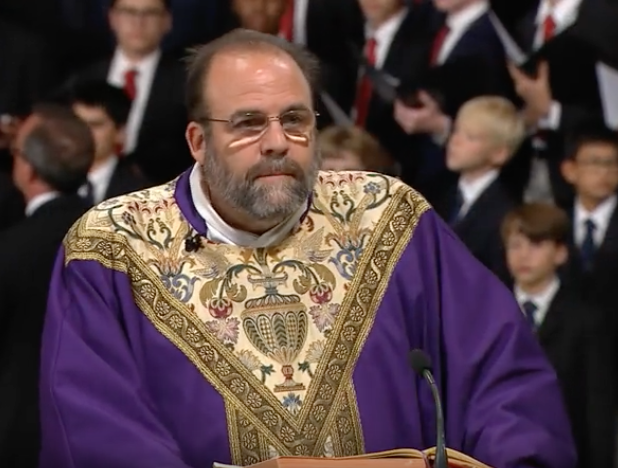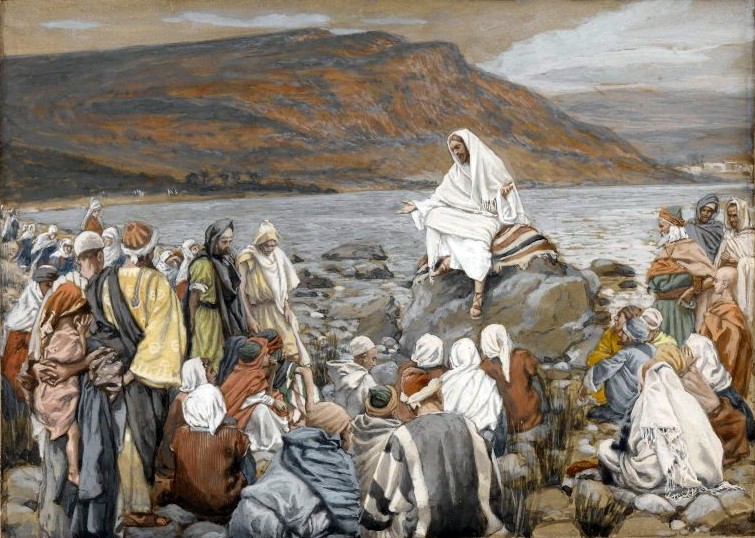The Church is careful to declare only certain events as miraculous.
By Philip Kosloski, Aleteia, May 14, 2018
 Humans have always been fascinated with miracles. In every age there have occurred events that can not be explained through natural reasoning and which are seen as divine in origin.
Humans have always been fascinated with miracles. In every age there have occurred events that can not be explained through natural reasoning and which are seen as divine in origin.
Being a Christian entails a belief in the miraculous. Jesus’ entire life was full of miracles, from his virginal conception to his resurrection and ascension.
The Catechism of the Catholic Church explains the importance of miracles for the Christian believer: “the miracles of Christ and the saints, prophecies, the Church’s growth and holiness, and her fruitfulness and stability ‘are the most certain signs of divine Revelation, adapted to the intelligence of all’; they are ‘motives of credibility’ (motiva credibilitatis), which show that the assent of faith is ‘by no means a blind impulse of the mind.’” (CCC 156)
In other words, miracles are real and they confirm for us the reality of the supernatural and reassure us of the existence of God.
However, the Church doesn’t believe everything that is difficult to explain by science is a miracle. She has a strict procedure that examines each event and determines if it indeed was of “supernatural origin.”
Miracles are described by St. Thomas Aquinas as “those things … which are done by divine power apart from the order generally followed in things.” This means that a miracle must have hard evidence that it did not follow the rules of nature.
One of the most common type of miracles is the sudden healing of someone. According to Michael O’Neill, “For the cure to be considered miraculous, the disease must be serious and impossible (or at least very difficult) to cure by human means and not be in a stage at which it is liable to disappear shortly by itself. No medical treatment must have been given, or it must be certain that the treatment given has no reference to the cure. The healing must be spontaneous, complete and permanent.”
In all cases the local bishop is the first authority to investigate a miracle. He creates a board of medical professionals to evaluate the event and then they report to him their results.
In most cases the event is not verified as a miracle. For example, “the Lourdes Medical Commission, while documenting over 8,000 extraordinary cures, has only validated [70] of them.”
This type of skepticism is employed in every type of miracle examined by the Church. Whether it be an apparition of the Blessed Mother or a Eucharistic miracle, a team of scientists investigate the event to determine if it follows the rules of nature, or if it is impossible to explain outside of a supernatural cause.
Yet, despite this strict procedure, miracles are proclaimed on a regular basis. For almost each beatification and canonization the existence of miracles are a primary requirement, clearly showing the power of God through the intercession of an individual.
This confirms the interest God has in our affairs and his willingness to help us in our time of need. He is not a distant “god of the clouds,” but a loving God who is present among us and keeps us and all creation in existence.
In a certain sense, every day is a miracle and all of creation proclaims the power and glory of God.
https://aleteia.org/2018/05/14/this-is-how-miracles-are-approved-by-the-church/







